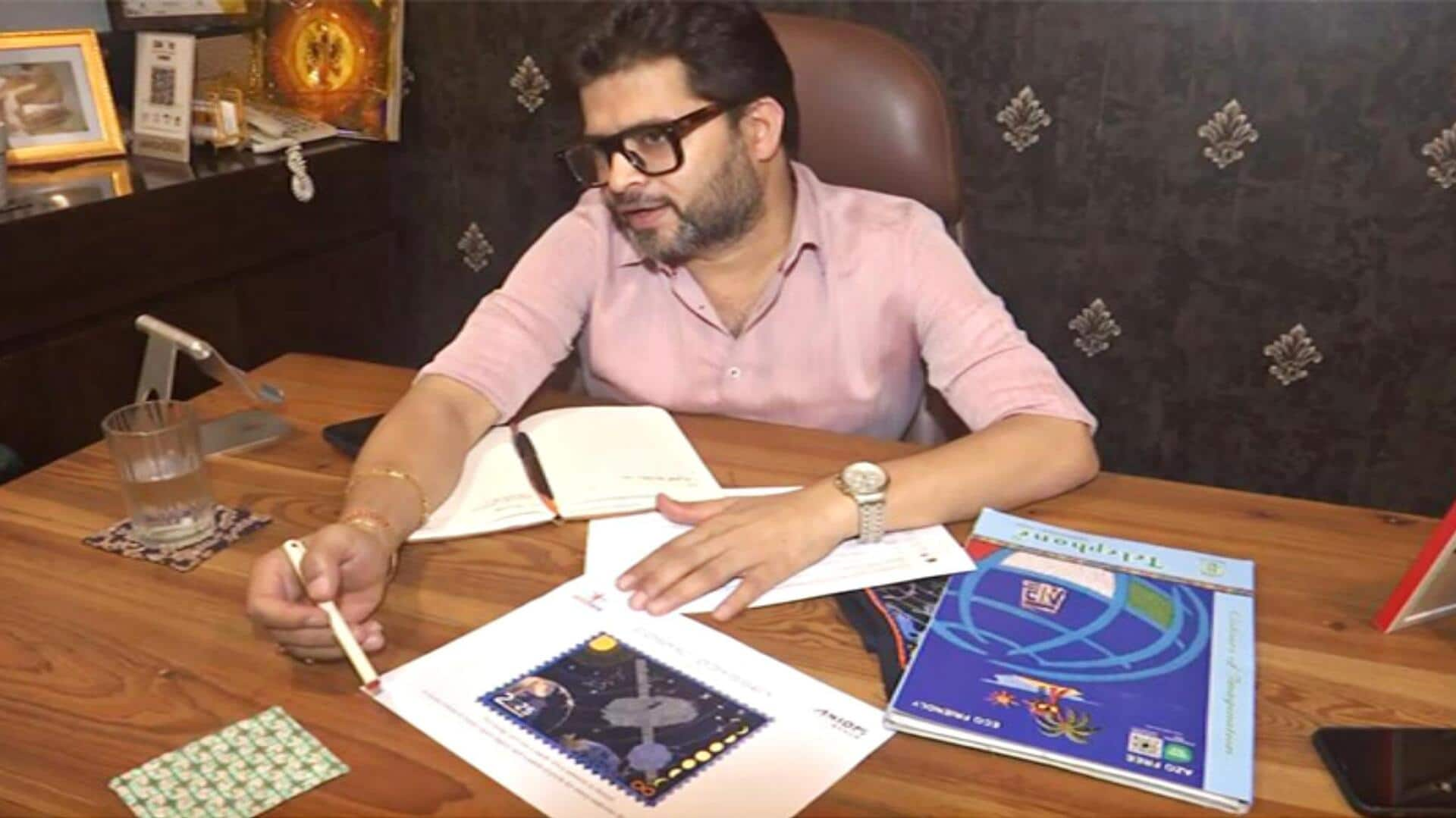
Designer crafts special space badge for Shubhanshu Shukla's Axiom-4 flight
What's the story
Fashion designer Manish Tripathi has created a unique mission badge for Group Captain Shubhanshu Shukla, who is set to embark on the Axiom-4 mission, which typically involves the International Space Station (ISS). The badge, which will be worn on Shukla's spacesuit, is more than just a decorative patch. It symbolizes India's scientific ambition and cultural heritage in space exploration.
Design journey
Design process took nearly 8 months
The design process for the mission badge took nearly eight months, with Tripathi and Shukla discussing ideas across different time zones. The emblem is a blend of science and culture, inspired by a postage stamp. It features imagery from India's Gaganyaan mission, Aryabhata satellite (marking its 50th anniversary), and the Sun, elements that highlight India's space achievements and cultural significance.
Lunar tribute
Other elements of the badge
The mission badge also features the ancient Jantar Mantar observatory, the mathematical symbol for zero, and the infinity sign. Illustrations of the Moon highlight India's lunar milestones. The badge is bordered by an astronaut helmet with a map of India at its chin, a design choice that reflects Hanuman's strength and spirit, according to Tripathi. Maps of the partner countries involved in the Axiom-4 mission are also displayed, highlighting the international collaboration driving the mission.
Inspirational message
'India's fingerprint in space'
Tripathi told ANI that the badge was designed not just to represent India but also to spark curiosity and pride in the younger generation. He called it "India's fingerprint in space" and a "message, a symbol, and a story of where we're going." The Axiom-4 mission is a major milestone in India's expanding role in space exploration.